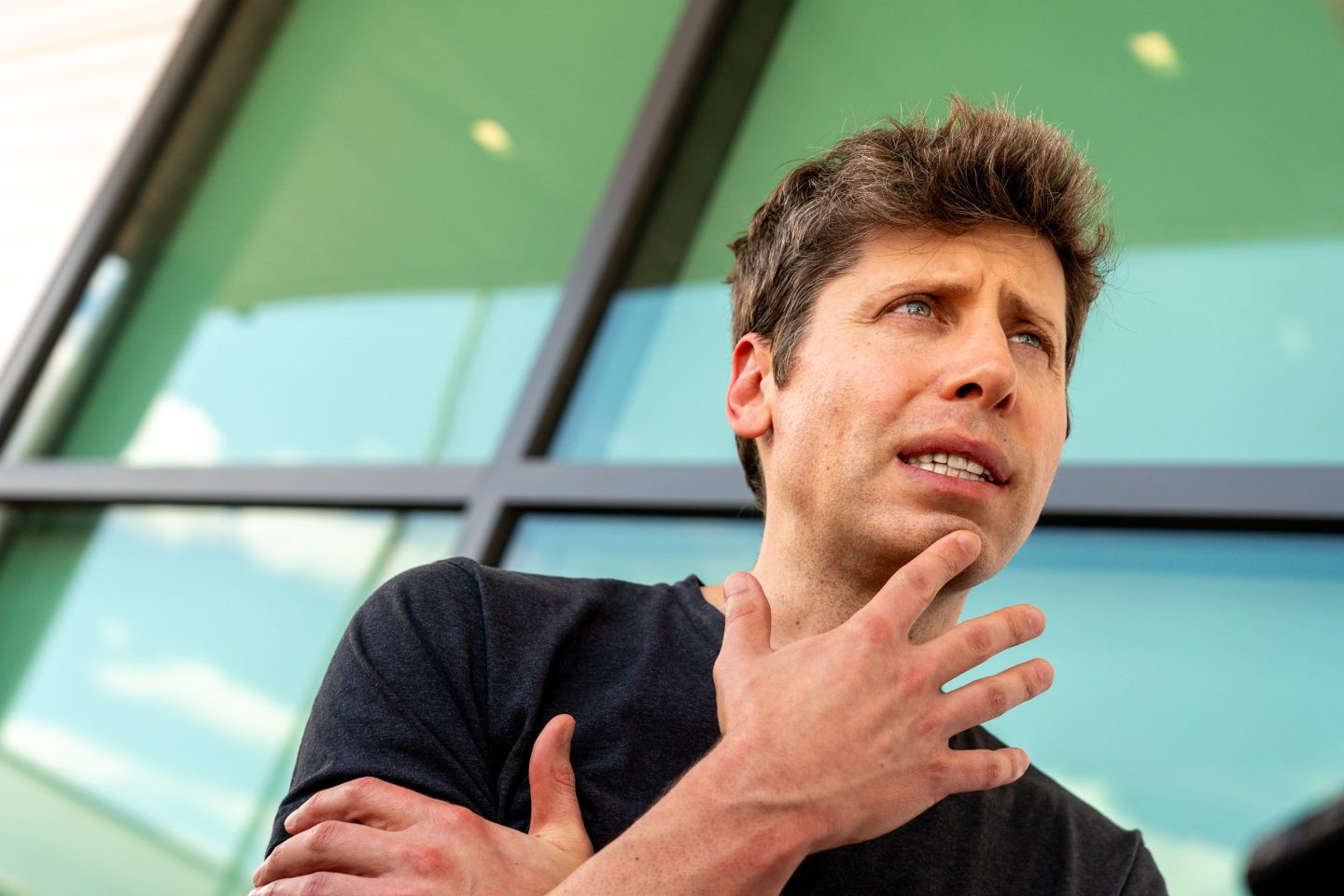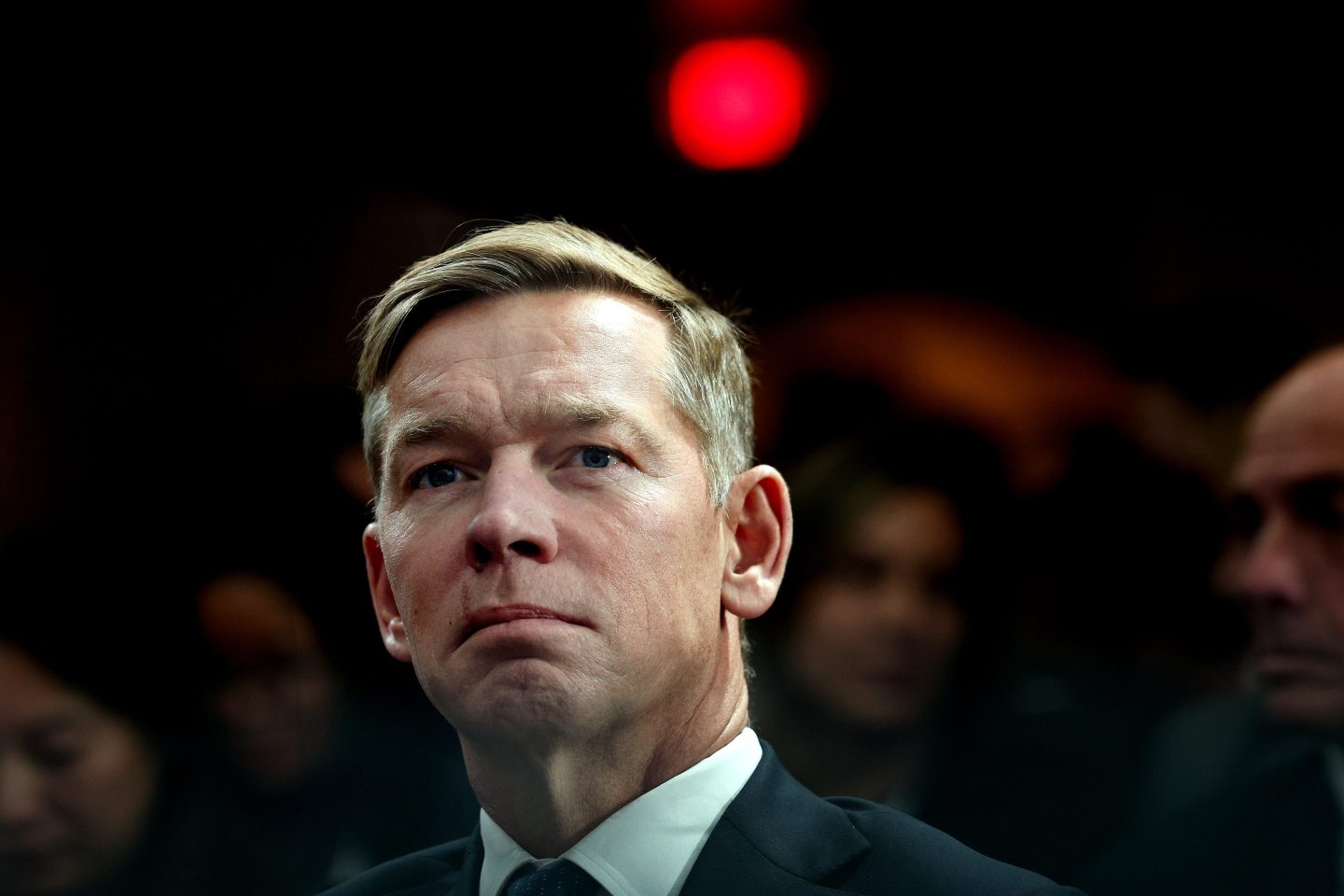Good morning.
This is Katherine, coming to you from the fourth day of the COP26 climate conference, in (surprisingly) sunny Glasgow.
It’s been an incredibly hectic few days, and it’s hard to believe that we’re still only in the early stages of the two week conference, which, alongside negotiations on the future of our planet, also includes about a million side events and panels from governments, NGOs, and climate protestors alike.
There have been appearances by lots of familiar faces—from world leaders (Biden spent most of his appearances defending his “Build Back Better” infrastructure plan to audiences back home), to billionaires (Yup, Jeff Bezos was here) to broadcasters (Sir David Attenborough, the voice of the Planet Earth series). Plus, the usual sprinkling of British royalty, the odd movie star, and Greta Thunberg, who did some Scottish-style protesting, with a chant to “shove your climate crisis up your arse.” A couple of deals have already been announced: one on deforestation, and another on methane.
But amid all the hustle and the not-insignificant chaos (the lines are long and the food is unreliable), and despite the billboards and ads on every surface in Glasgow declaring that the “world is watching”, it has sometimes felt worryingly easy to lose track of why we’re all actually here.
Some speeches, and moments, have managed to cut through the Davos-style staging and serve as a reminder of the world we’re living in. One was the speech by David Attenborough, who, at 95, reminded the attendees of the staggering losses he has witnessed in just his lifetime. Another was the speech by Kenyan climate activist Elizabeth Wathuti, who recalled watching several children burst into tears after walking for hours to fetch water, and finding that the stream was now dry. Another was the repeated, exhausted, frustrated appeals of the leaders of the island nations, who wearily recounted that their homelands were facing destruction, just as they had told the world in Paris, in 2015.
But even in the driest and most self-congratulatory speeches from national leaders—and every country, apparently, is a “leader” when it comes to decarbonization—you could often find a painful kernel: the floods, the fires, the extreme heat that had devastated that leader’s country over the last year. The prime minister of Belgium recounted floods, the prime minister of Fiji pointed out that cyclone season had begun. Now, he pointed out, every country grimly understands what we’re facing. A video montage, which played on Monday, stitched together the last year—leaving out the pandemic entirely—with cellphone footage from around the world: cars disappearing under water, houses on fire, sled dogs in Greenland sloshing through melting ice.
Everyone watching now has their own memories of what it feels like to see wind and rain and heat do things that shock, and terrify, and confound. I thought about my own home province, Alberta, and the wildfires that rip through the mountains every summer now—turning the sky a thick smoky orange, eviscerating wildlife, terrifying my sister and threatening our home. Many people in the room, I know, were thinking about their children, or grandchildren.
But everyone, now, can call on their own fears and questions to ask themselves what is coming next—and what the world’s leaders are going to do about it.
Katherine Dunn
katherine.dunn@fortune.com
@katherine_dunn
This edition of Green, Inc. was curated by Eamon Barrett. Reach him at eamon.barrett@fortune.com
CARBON COPY
No more coal, unless...
Leaders of the G20 gathered in Rome over the weekend, days before flying to Glasgow for COP26, and committed to stop financing international coal projects. It’s a big move, although the three largest financiers of global coal projects had already pledged earlier this year to wind down their funding of overseas coal projects. The promise also comes with two major caveats: first, that domestic coal expansion remains on the table (a big deal for India) and second, that the pledge only covers “unabated” coal—which means that coal-fired power plants built with dodgy carbon-capture tech may go ahead. NYT
Work less, save more
Finally, an individual solution to climate change that people can get behind: working less. As Simon Kuper argues in the FT, if richer countries implemented a four-day work week, not only would they cut the stress the average person suffers, they'd also reduce pollution from commutes, office energy bills, and the infrastructure powering billions of dollars in financial transactions each day. Kuper doesn't say it but, underlying this argument is the radical economics of de-growth, which contends that “sustainable growth” is never sustainable and that developed economies need to aim for stagnation and contraction. FT
Carbon borders grow
The EU and the U.S. agreed to an alliance that would impose tariffs on steel exports produced in regions with laxer emission standards. The agreement signifies that carbon tariffs or, as the EU puts it, a climate border tax, is catching on with policymakers. Of course, the tariffs are largely aimed at China, which is the world’s largest exporter of steel and has some of the world's lowest emission standards for steel production. Lower standards means cheaper steel production and exports that undercut international markets. The carbon tariff would resolve that. WSJ
See-through plumes
BP—which champions itself as a climate leader among major oil companies—is one of the dirtiest producers in the Permian Basin, the largest oil and gas field in the U.S. An investigation into methane leaks in a portion of the basin found that BP was responsible for more than 10 times the volume of leaked gas there than Exxon, which is often viewed as a climate laggard, even among oil and gas companies. The researchers found the methane plumes by flying infrared cameras over the 64,000-square-mile field, which is a tactic gas producers are also starting to deploy to catch and stop leaks. Bloomberg
IN CASE YOU MISSED IT
Business can’t rally around climate goals until politicians turn those goals into law by Richard Morrison
Cities, not countries, are driving the conversation at COP26 by Gregor Robertson
Consensus over hydrogen at COP26 can dramatically speed up the energy transition by Marco Alverà
Patagonia doesn’t use the word ‘sustainable.’ Here’s why by Beth Thoren
World leaders announce deforestation pledge—and NGOs and scientists feel déjà vu by Katherine Dunn
This European climate tech VC fund has attracted big name investors…and a football player by Sophie Mellor
Coal is having a great year—but don’t call it a comeback by Eamon Barrett
Greenpeace to take Volkswagen to court in effort to stop it from selling polluting cars by Christiaan Hetzner
CLOSING NUMBER
3 billion
Global heating could mean that 3 billion people—a third of the world’s projected population by 2070—will be subject to temperatures equivalent to the hottest stretches of the Sahara Desert within the next 50 years. That means a third of the world’s projected population by 2070 will be living in, essentially, “unlivable conditions.” Currently, only 0.8% of the world’s surface has a mean annual temperature of 29C, but if climate change continues unabated, that proportion could rise to as much as 19%. Most people live in areas with a mean annual temperature between 11C and 15C. Each degree of warming above current average temperatures will shift an extra 1 billion people outside of that “climate niche”.
Subscribe to Fortune Daily to get essential business stories straight to your inbox each morning.











